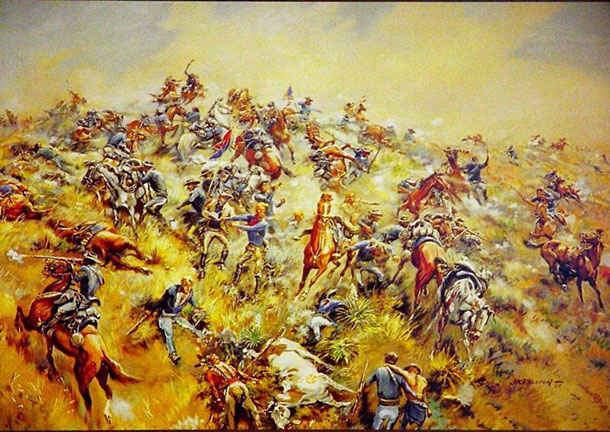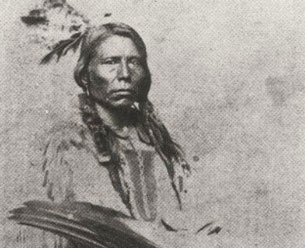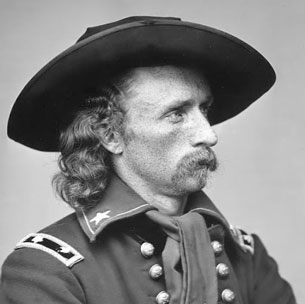
THUNDER BAY – The Battle of the Little Bighorn, known to some as “Custer’s Last Stand” is also called Lakota Victory Day by many Lakota people. The battle was fought on June 25th and 26th in 1876. By the end of the battle, over 200 soldiers of the United States 7th Calvary and Lt. Colonel George Custer were dead.
The military engagement, fought in Montana was victory for the Lakota, Northern Cheyenne, and Arapaho Nations.

They were led by Crazy Horse and Chief Gall. The battle was inspired by the visions of Sitting Bull (Tȟatȟáŋka Íyotake).

The U.S. 7th Cavalry, including the Custer Battalion, was a force of seven hundred men and was led by George Armstrong Custer.
Five of the 7th Cavalry’s twelve companies were completely annihilated. While often referred to as a General, Lt. Colonel Custer was killed, as were two of his brothers, a nephew, and a brother-in-law.
The total U.S. casualty count, including scouts, was 268 dead and 55 injured.
The National Parks Service in the United States records, “The Battle of the Little Bighorn was fought along the ridges, steep bluffs, and ravines of the Little Bighorn River, in south central Montana on June 25-26, 1876.
The combatants were warriors of the Lakota Sioux, Northern Cheyenne, and Arapaho tribes, battling men of the 7th Regiment of the U.S. Cavalry.
The Battle of the Little Bighorn has come to symbolize the clash of two vastly dissimilar cultures: the buffalo/horse culture of the northern plains tribes, and the highly industrial/agricultural based culture of the U.S., which was advancing primarily from the east coast.
This battle was not an isolated soldier versus warrior confrontation, but part of a much larger strategic campaign designed to force the capitulation of the non-reservation Lakota and Cheyenne”.
“In 1868, many Lakota leaders agreed to a treaty that created a large reservation in the western half of present day South Dakota. They further agreed to give up their nomadic life which often brought them into conflict with other tribes in the region, with settlers, and with railroad surveys. Agreeing to the treaty meant accepting a more stationary life, and relying on government supplied subsidies. Lakota leaders such as Sitting Bull and Crazy Horse rejected the reservation system. Likewise many roving bands of hunters and warriors did not sign the 1868 treaty and, consequently, felt no obligation to conform to its restrictions, or to limit their hunting to the unceded hunting land assigned by the Treaty. Their sporadic forays off the set aside lands brought them into conflict with settlers and enemy tribes outside the treaty boundaries”.
“Tension between the U.S. and the Lakota escalated in 1874, when Lt. Col. George Armstrong Custer was ordered to make an exploration of the Black Hills inside the boundary of the Great Sioux Reservation. Custer was to map the area, to locate a suitable site for a future military post, and to make note of the natural resources.
During the expedition, professional geologists discovered deposits of gold. Word of the discovery of mineral wealth caused an invasion of miners and entrepreneurs to the Black Hills in direct violation of the Treaty of 1868. The U.S. negotiated with the Lakota to purchase the Black Hills, but the offered price was rejected by the Lakota. The climax came in the winter of 1875, when the Commissioner of Indian Affairs issued an ultimatum requiring all Sioux to report to a reservation by January 31, 1876. The deadline came with virtually no response, and matters were handed to the military”.
The battle was one that brought the full forces of the United States against the Lakota people.
The battle was a momentary victory for the Lakota and Cheyenne.
United States General Phil Sheridan now had the political support to put more troops in the field. Lakota Sioux hunting grounds were invaded by powerful Army expeditionary forces, determined to pacify the Northern Plains and to confine the Lakota and Cheyenne to reservations. Most of the declared “hostiles” had surrendered within one year of the fight, and the Black Hills were taken by the U.S. without compensation.

